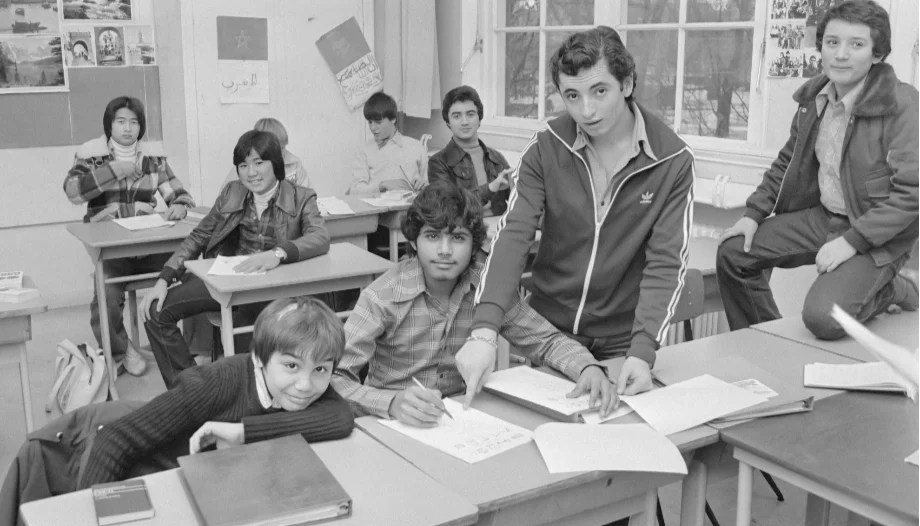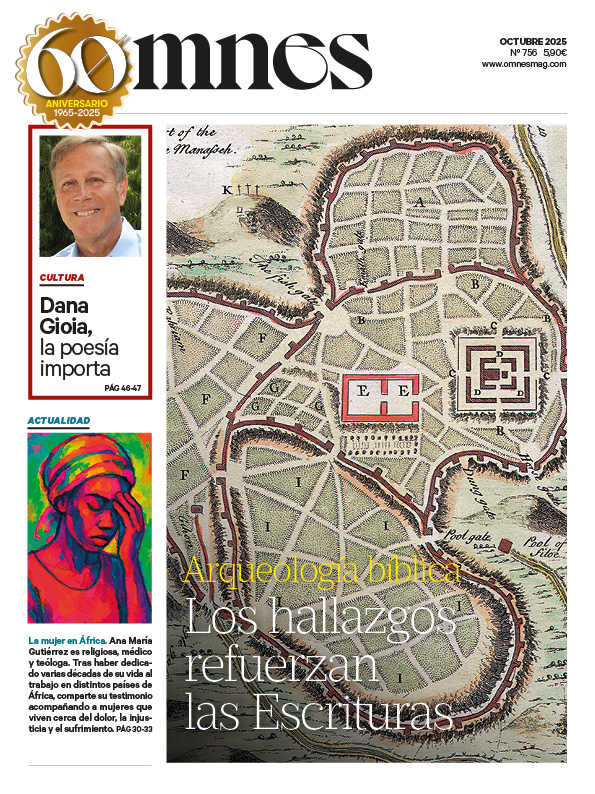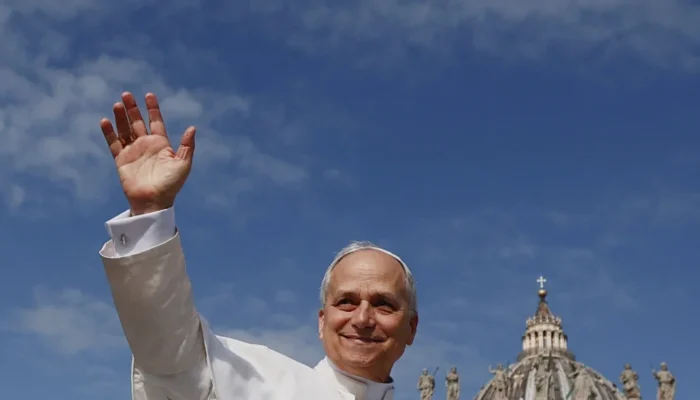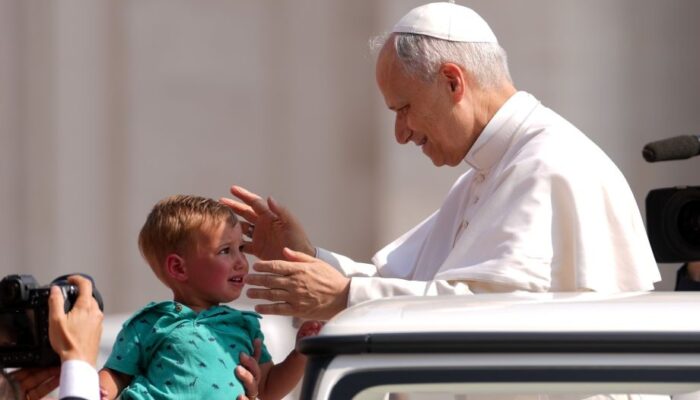Sixty years after the conciliar declaration Gravissimum educationis, Pope Leo XIV has issued the apostolic letter for «Drawing new maps of hope»The book "The Church's Contribution to Education" provides a historical summary of the church's contributions to education:
In the first centuries, the Desert Fathers they taught wisdom with parables; they rediscovered the way of guardianship of the heart.
St. Augustine, by grafting biblical wisdom onto the Greco-Roman tradition, understood that the authentic teacher awakens the desire for truth, educates the freedom to read the signs and listen to the inner voice.
Monasticism has carried on this tradition in the most inaccessible places, where for decades classical works have been studied, commented on and taught, so that without this silent work in the service of culture, many masterpieces would not have reached our days.
“From the heart of the Church” emerged the leading universities, The company has always been “an incomparable center of creativity and knowledge for the good of mankind”.
In their classrooms, speculative thinking found in the mediation of the mendicant orders the possibility of structuring itself solidly and reaching the frontiers of science.
Not a few religious congregations took their first steps in these fields of knowledge, enriching education in a pedagogically innovative and socially visionary way. .
In the Ratio Studiorum, the richness of the scholastic tradition merges with the Ignatian spirituality, adapting a curriculum that is as articulated as it is interdisciplinary and open to experimentation.
In 17th century Rome, St. Joseph Calasanz opened free schools for the poor, realizing that literacy and numeracy are dignity rather than competition.
In France, St. John Baptist de La Salle, realizing the injustice caused by the exclusion of the children of workers and peasants from the educational system, he founded the Brothers of the Christian Schools.
At the beginning of the 19th century, also in France, Saint Marcellin Champagnat dedicated himself “with all his heart, at a time when access to education was still the privilege of a few, to the mission of educating and evangelizing children and young people”.
Similarly, St. John Bosco, with its “preventive method”, transformed discipline into reasonableness and proximity.
Courageous women, such as Vicenta María López y Vicuña, Francesca Cabrini, Josefina Bakhita, María Montessori, Katharine Drexel, or Elizabeth Ann Seton, opened paths for girls, migrants and the most disadvantaged. I reiterate what I clearly stated in “Dilexi te”: “The education of the poor, for the Christian faith, is not a favor, but a duty”. This genealogy of concreteness testifies that, in the Church, pedagogy is never disembodied theory, but flesh, passion and history.








